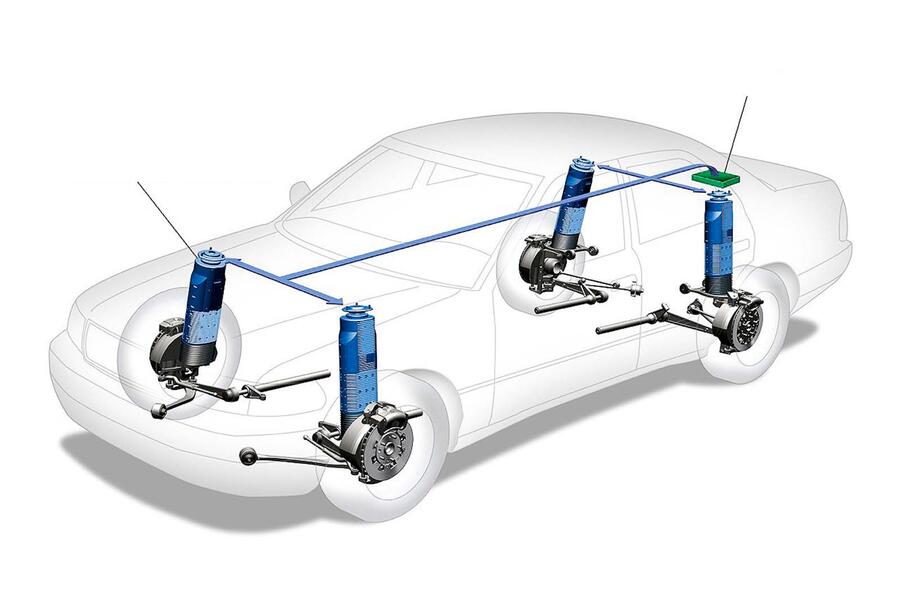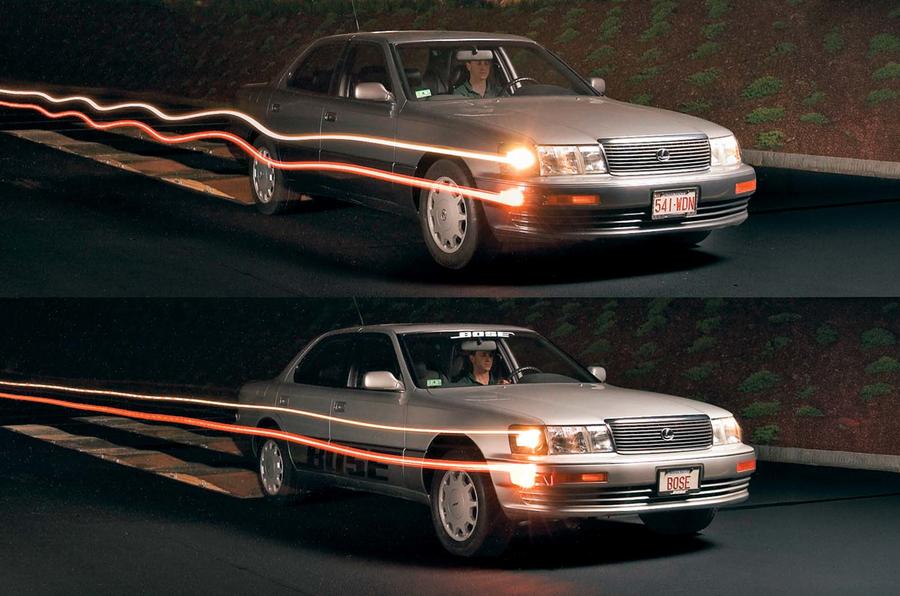Autocar Archive: 128 years of magazines available online
We were recently amazed by Porsche’s new Active Ride system, which nullified roll and pitch in a 2.4-tonne Panamera Turbo, even at track speeds.
Twenty years ago, we were similarly impressed by novel suspension from a source we’d never have expected: Bose.
In the Porsche system, each damper is actuated by a sensor-fed unit, inside which electric motors drive hydraulic pumps to lower or raise the wheel, thereby keeping the car’s body level at all times.
In the Bose system, above each wheel where you would normally find a coil spring and damper was a linear motor containing coils and a magnet.
With current applied, this would raise or lower the wheel as much as 20cm from the car’s body – more than 100 times a second if required. The current came from a power amplifier, in response to signals from a sensor-fed computer running Bose’s own algorithms. Like the Porsche system, then, this was proactive, not reactive.

The car’s weight, meanwhile, was supported by torsion bars and MacPherson struts at the front and wishbones at the rear, and there was a damper inside each wheel to prevent excessive bouncing.
If any of this sounds familiar, it’s because the algorithm-controlled electromagnetic pulsing is how an audio speaker cone works, just on a much smaller scale, while the power amplifier uses switching methods from audio amplifiers.
The independent movement of the wheels prevented pitching and rolling – and even enabled the car to press into the ground and then literally jump over an obstacle! It could also have banked the car into turns, like some trains, but tests revealed the feeling made drivers do dangerous things.






Add your comment